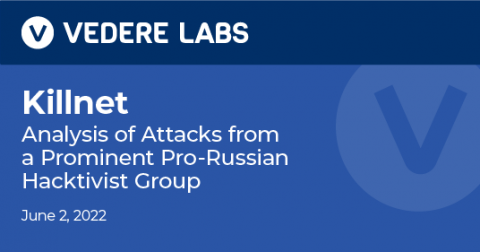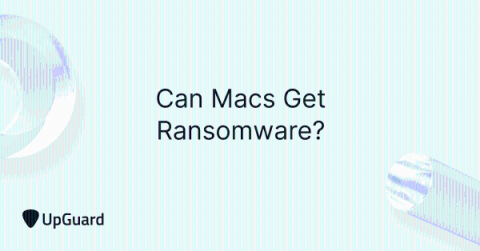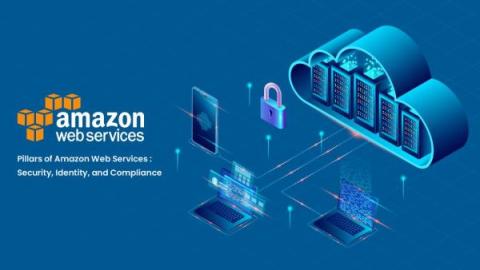SciSec Team Applies Creativity, Curiosity and Innovation to Help Security Teams Work Smarter and Protect Organizations from Threats
Today Devo announced Devo SciSec, which brings together a talented team of threat research, advanced data science, and machine learning experts under the leadership of CTO Gunter Ollmann to help our customers preemptively detect and mitigate entire classes of threats. See and hear what Gunter has to say about SciSec in this video. Even before their formal introduction, the SciSec team has been busy delivering value-added capabilities to Devo customers.











